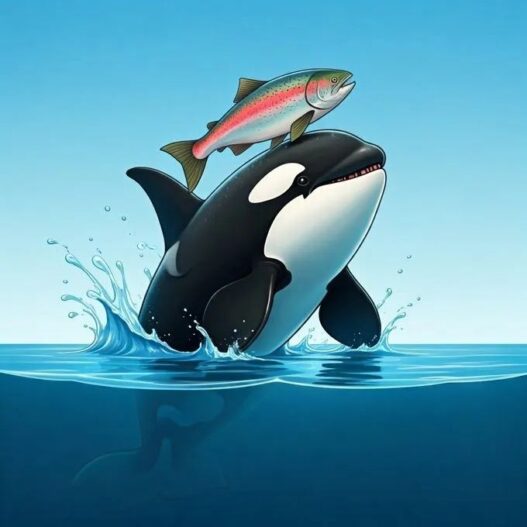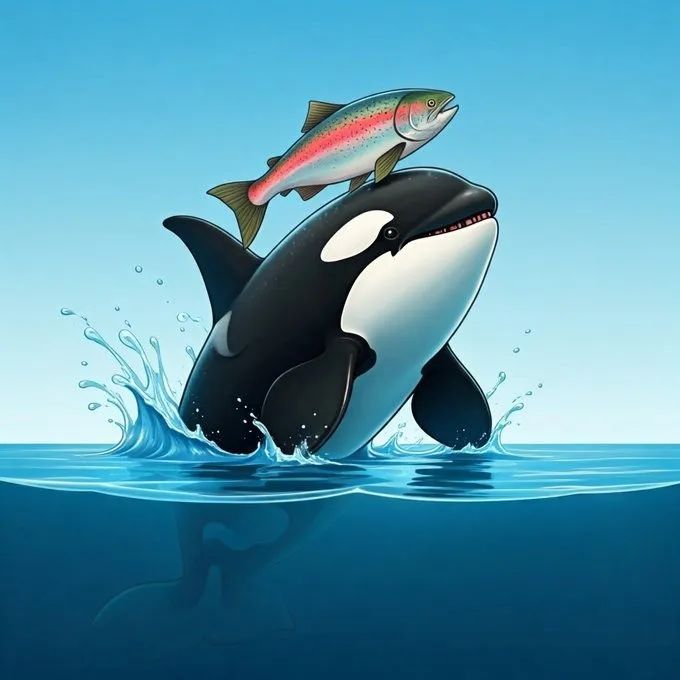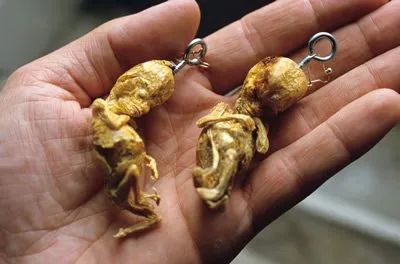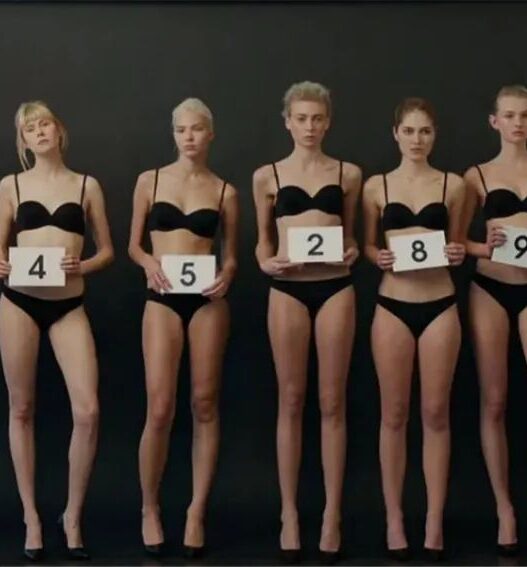They say fashion is a circle, but who could have imagined that this logic applies not only to humans but also to the clever orcas?
Last month, scientists and whale observers in South Puget Sound and near Cape Noa in Washington State spotted an orca swimming in the ocean with a dead salmon perched on its head.
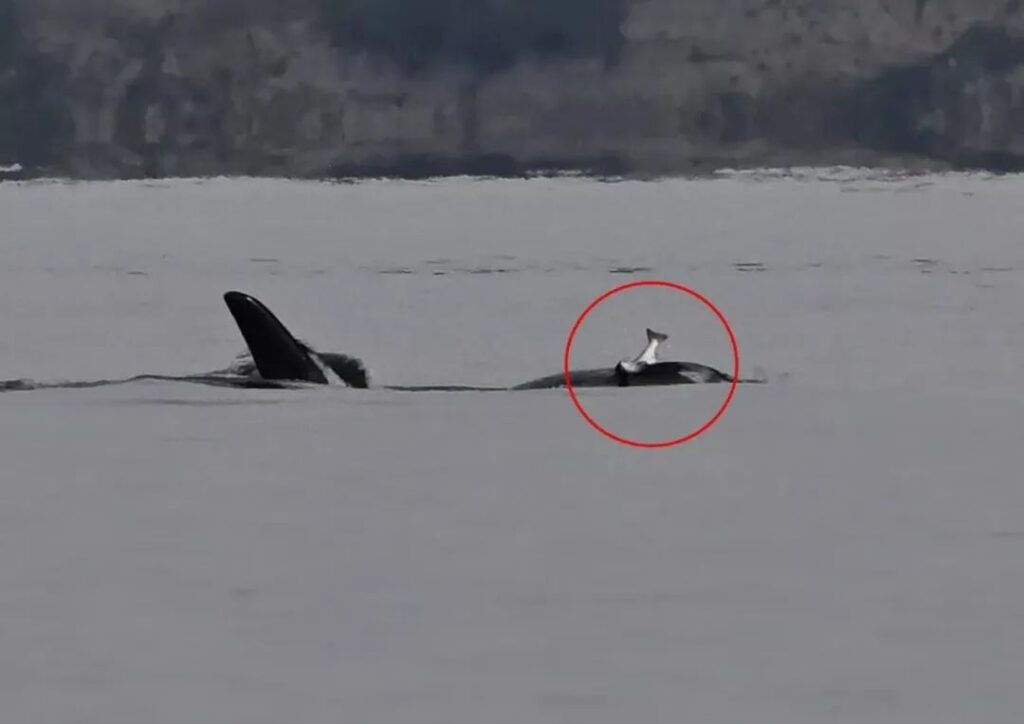
(Photos taken by scientists)
This got the scientists very excited because the last time such a sight was seen was back in 1987.
That summer, a female orca off the West Coast of the US was seen inexplicably wearing a salmon on her head. At the time, no one knew what she was doing, but soon, within a few weeks, orcas throughout the habitat began to imitate, each proudly wearing their own salmon hat.
Then, within a year, this behavior went from being all the rage to being ignored, and by the summer of 1988, it had completely disappeared, almost like human “fashion trends.”
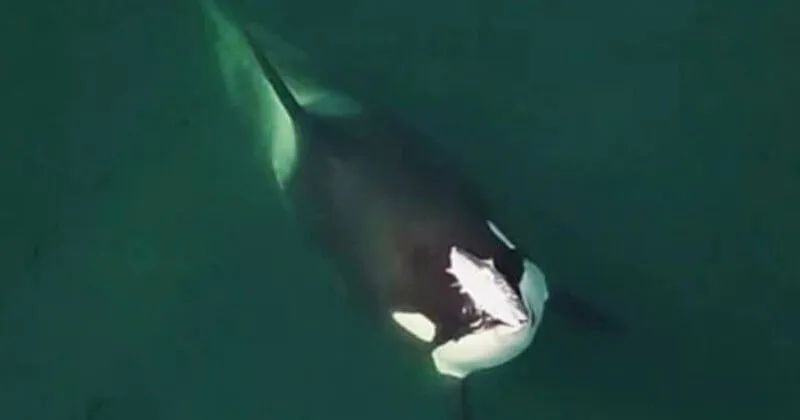
(Orca wearing a salmon hat)
Even today, no one knows why orcas wear hats.
A researcher on orcas from the University of Washington said that people can speculate freely, and their guesses might even be more reliable than those of the researchers…
It’s really hard to say.
For instance, since 2020, off the coast of Morocco, a group of orcas has been aggressively attacking human vessels, with records showing at least 670 conflicts with humans.
They mainly attack the rudders of ships, causing them to lose power and drift, and occasionally they sink entire boats. For example, in March of this year, a yacht with two people on board was sunk by orcas in the Strait of Gibraltar.
At the time, people were puzzled by the orcas’ behavior. Later, scientists realized it was just a form of entertainment or fashion for the orcas. One orca would find it fun to destroy a rudder, and others would follow suit. Now, the trend seems to have passed, and orcas appear less interested in attacking boats…
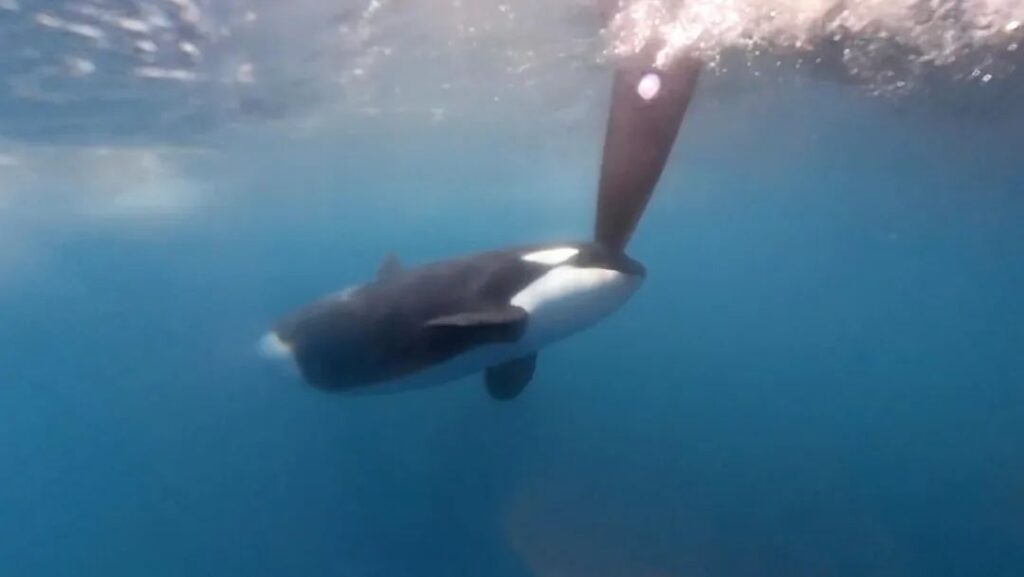
(Orca playing with a rudder)
Therefore, regarding the inexplicable behavior of these intelligent animals, scientists generally conclude that the abundance of prey gives orcas more time to play around, eventually turning into fashion, entertainment, or social behavior.
In simpler terms, it means that orcas, having eaten their fill, start to act vain or mischievous…
This conclusion holds true today.
Scientists speculate that with the increase in human environmental awareness, marine food has become abundant again. In the case of excess food, orcas, with nothing else to do, start to “pack” their leftover fish, but since they don’t have containers, they balance them on their heads for later consumption.
Scientists argue that their guess makes sense because they have indeed seen orcas pack food; they once found orcas that eat mammals hiding large chunks of food under their pectoral fins, while salmon might be too small to “hold,” so they wear them on their heads instead…
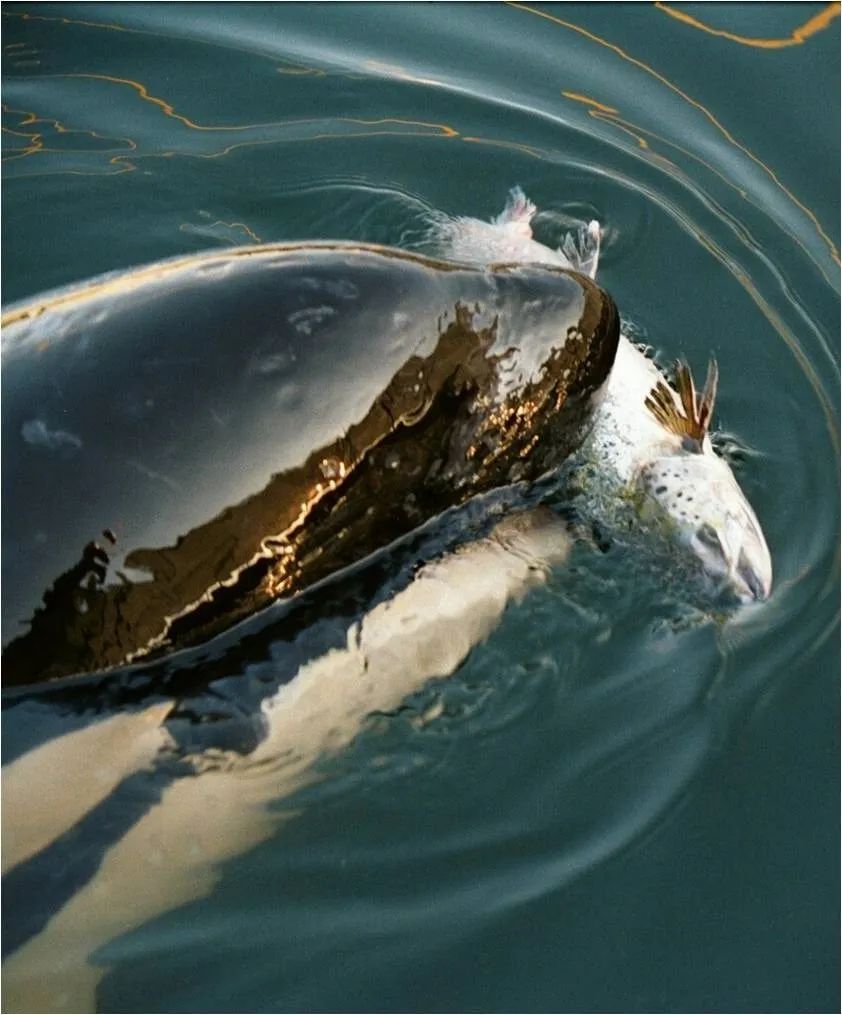
(Orca’s leftovers)
Fortunately, today’s technology is far superior to that of 1987, giving scientists the opportunity to test their theories.
They indicate that drones equipped with cameras can now continuously track the orcas, which can also verify whether their hypotheses are correct.
If an orca plays with a fish for 30 minutes and then eats it, this would suggest their guess might be right. Conversely, if the orca does not eat the fish, it means scientists need to rethink their approach, perhaps suggesting that younger orcas heard stories of past fashion from older orcas and thought it was fun to recreate the trend?
Of course, regardless of the reason for this behavior, scientists say that witnessing it become popular again is already miraculous enough.
What can we say? Truly worthy of being one of the smartest animals in the ocean.







